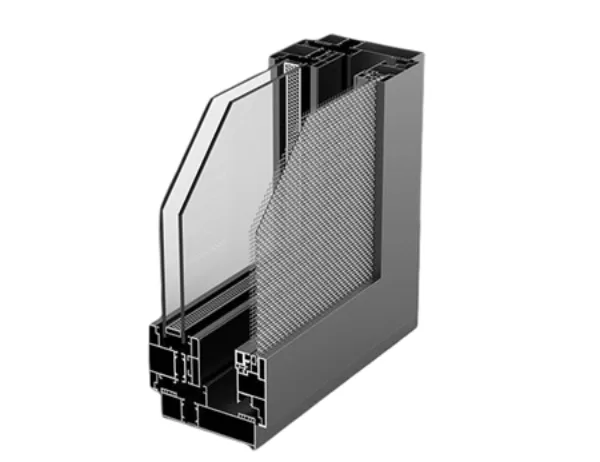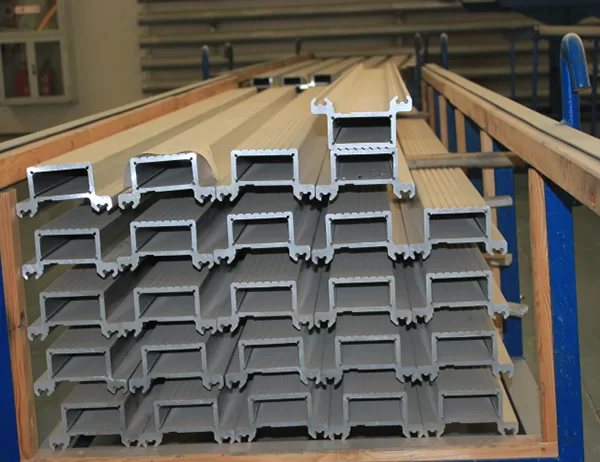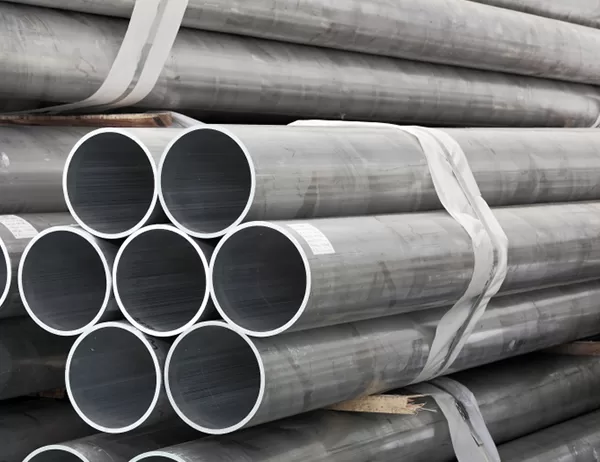In the realm of manufacturing, the process of aluminum extrusion stands as a testament to precision and ingenuity. It’s a transformative journey that begins with a molten alloy and culminates in the creation of pipes with remarkable strength and versatility. This comprehensive guide will empower you to master the art of aluminum pipe extrusion, step by step.
Step 1: Preparing the Aluminum Billets
The foundation of extrusion lies in carefully preparing the aluminum billets. These cylindrical blocks undergo heating to render them malleable and cylindrical, ensuring a smooth extrusion process.
Step 2: Heating the Billets
Next, the billets are subjected to intense heat within an industrial oven. The precise temperature and duration of heating are critical to achieve optimal flowability and minimize defects.
Step 3: Placing the Billets into the Extrusion Press
The heated billets are meticulously placed into the extrusion press, a colossal machine with a hydraulic ram that applies immense pressure. The billet is positioned within a die that determines the desired pipe shape.
Step 4: Extruding the Aluminum
Upon applying hydraulic pressure, the billet is forced through the die. As the molten aluminum flows, it takes on the contours of the die, creating a continuous pipe with a uniform cross-section.
Step 5: Quenching and Aging
Once extruded, the pipe is rapidly cooled in a water bath or air blast to stabilize its mechanical properties. This process is followed by aging, a controlled heating and cooling cycle, which enhances the pipe’s strength and hardness.
Step 6: Cutting and Inspection
The extrusion is cut into pipes of desired lengths. A thorough inspection is conducted to ensure compliance with quality standards, checking for surface defects, dimensional accuracy, and mechanical integrity.
Step 7: Finishing
Depending on the intended application, the pipes may undergo additional finishing processes. These include anodizing for corrosion resistance, buffing for aesthetics, or machining for precision components.
Benefits of Aluminum Pipe Extrusion
The extrusion process unlocks a myriad of advantages for aluminum pipes, including:
Exceptional strength-to-weight ratio
Corrosion resistance
Formability and versatility
Wide range of sizes and shapes
Improved structural integrity
Enhanced heat dissipation
Conclusion
Extruding aluminum pipes is a captivating process that combines technical prowess and meticulous attention to detail. By following these steps and adhering to industry best practices, you can produce pipes of unrivaled quality and performance for diverse applications. May this guide empower you to unlock the potential of extruded aluminum pipes and elevate your manufacturing endeavors.



